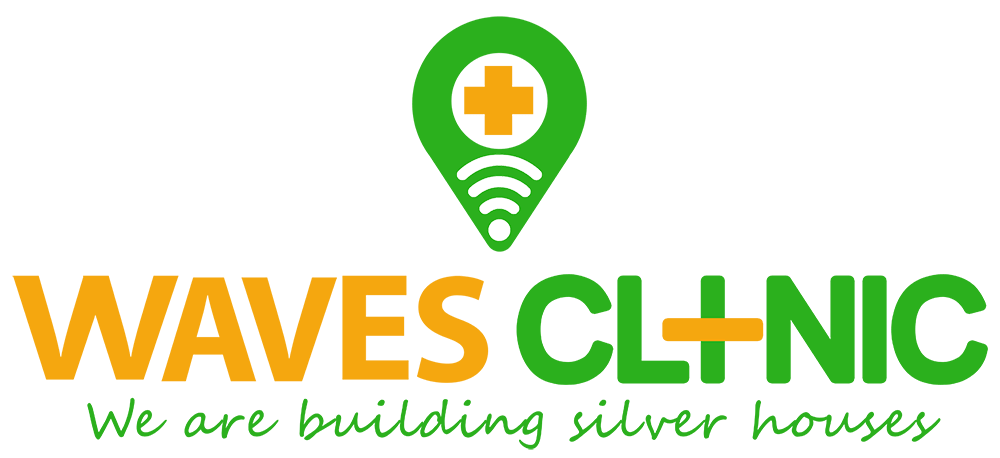

The Building Biology Evaluation Guidelines are based on the precautionary principle. They are specifically designed for sleeping areas associated with long-term risks and a most sensitive window of opportunity for regeneration. They are based on the experience and knowledge of the building biology community and focus on achievability. In addition, scientific studies and other recommendations are also consulted. With its professional approach, building biology testing methods help identify, minimize and avoid environmental risk factors within an individual’s framework of possibility. It is the Standard’s goal to identify, locate and assess potential sources of risk by considering all subcategories in a holistic manner and implementing the best possible diagnostic tools available with analytic expertise in order to create indoor living environments that are as exposure-free and natural as practicable.
No Anomaly: This category provides the highest degree of precaution. It reflects the unexposed natural conditions or the common and nearly inevitable background level of our modern living environment.
Slight Anomaly: As a precaution and especially with regard to sensitive and ill people, remediation should be carried out whenever it is possible.
Severe Anomaly: Values in this category are not acceptable from a building biology point of view, they call for action. Remediation should be carried out soon. In addition to numerous case histories, scientific studies indicate biological effects and health problems within this reference range.
Extreme Anomaly: These values call for immediate and rigorous action. In this category, international guidelines and recommendations for public and occupational exposures may be reached or even exceeded. If several sources of risk are identified within a single subcategory or for different subcategories, one should be more critical in the final assessment.
Guiding Principle:
Any risk reduction is worth aiming at. Guideline values are meant as a guide. Nature is the ultimate standard.
The small print at the end of each subcategory of the Building Biology Standard is meant as a comparative guide, e.g. legally binding exposure limits or other guidelines, recommendations and research results or natural background levels.
Table (A-C) show the EMF exposure precautionary limits for building especially for sleeping areas.
|
A: AC Electric Fields (Low Frequency, ELF/VLF) |
||||
| Unit | No Anomaly | Slight Anomaly | Severe Anomaly | Extreme Anomaly |
| V/m | < 1 | 1- 5 | 5- 50 | > 50 |
| mV | < 10 | 10- 100 | 10- 1000 | > 1000 |
| V/m | <0.3 | 0.3- 1.5 | 1.5- 10 | > 10 |
|
B: AC Magnetic Fields (Low Frequency, ELF/VLF) |
||||
| Unit | No Anomaly | Slight Anomaly | Severe Anomaly | Extreme Anomaly |
| nT | < 20 | 20- 100 | 100-500 | > 500 |
| mG | < 0/2 | 2/0- 1 | 1-5 | > 5 |
|
C: Radiofrequency Electromagnetic Field |
||||
| Unit | No Anomaly | Slight Anomaly | Severe Anomaly | Extreme Anomaly |
| µW/m2 | < 1/0 | 1/0-10 | 10-1000 | > 1000 |
EMF exposure precautionary limits for building especially for sleeping areas